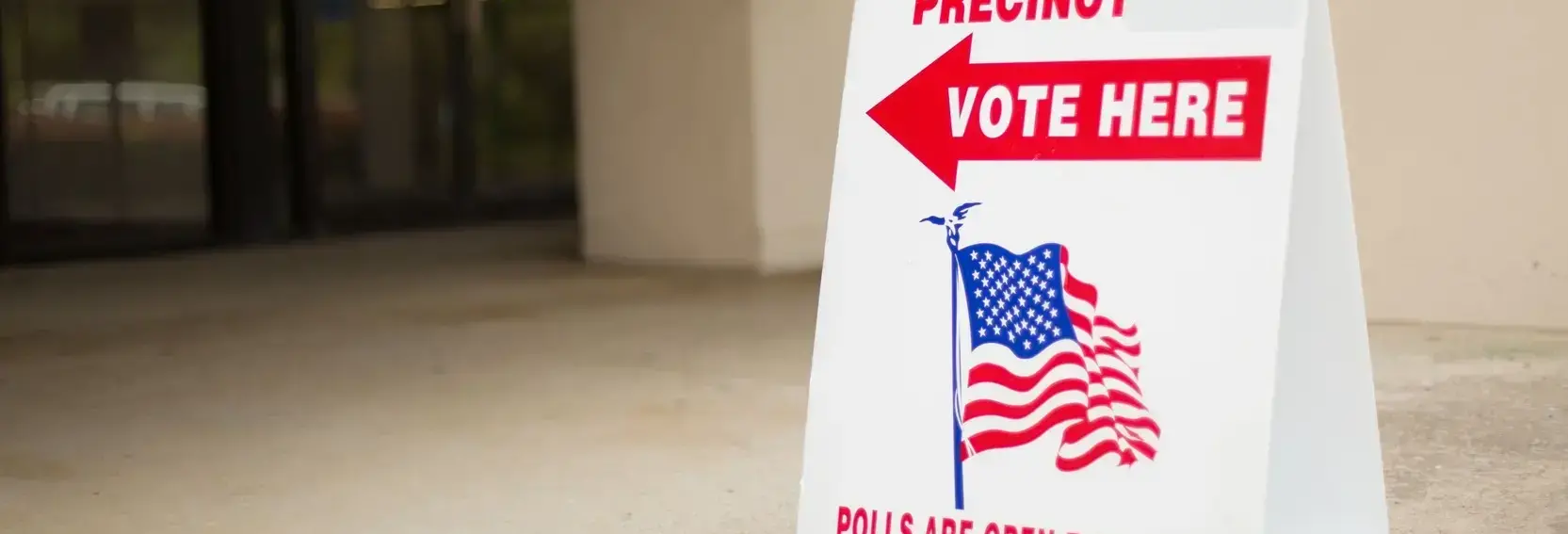Title II of the Americans with Disabilities Act requires people with disabilities be given full and equal opportunity to vote by federal, state, and local governments. Counties and cities in the U.S. MUST use polling places that are physically accessible to everyone, including “people with a variety of disabilities.” However, counties across the country have used the Americans with Disabilities Act to support the closure of polling locations in primarily neighborhoods of other marginalized communities on the grounds that these polling sites are not accessible.
The Issue
When the United States Supreme Court ruled parts of the Voting Rights Act (VRA) of 1965 unconstitutional in 2013, it allowed areas of the country with a history of discriminatory voting practices to change how their elections are administered without first seeking federal approval. As a result, the U.S. has seen a significant decrease in the numbers of polling places across the country over the last few years. A number of counties that have attempted to close a large number of polling places in the last several elections claim that these polling locations failed to follow Title II of the ADA. However, the ADA does not require that inaccessible polling places be closed. In fact, the Department of Justice (DOJ) advises against closing polling places in their enforcement of the ADA. The closures end up suppressing the votes of both people with disabilities and the marginalized communities in the neighborhoods where polling places have been closed. In most cases, low-cost permanent or temporary fixes can be made to existing polling places to prevent relocation, consolidation, or closure.
Why it Matters
The disability community does not encourage polling place closures. Rather, disability rights activists encourage communities to work together to provide permanent or temporary fixes to polling places. Disability rights activists recognize that poll closures hinder access for all voters, including those with disabilities. The solution to inaccessible polling places is not to close them…it is to make them accessible. Further, the cost of making polling places accessible can frequently be very little. Jurisdictions using disability rights law to close large numbers of polling places, with little to no evidence of the closures’ necessity, must be prevented from suppressing voter participation.
Take Action for Change
“We don’t make polling places accessible by closing them. We make them accessible by making them accessible.”
– Michelle Bishop, Disability Voting Rights Specialist, National Disability Rights Network.
Many creative solutions already exist to ensure polling place accessibility. Many polling places can be permanently or temporarily modified at little to no cost. Many polling locations can be made accessible by changing the path of travel or using a more accessible area in the same building. Supplies bought to adapt polling places, such as orange cones to mark accessible parking spaces and access aisles, doorstops to hold open doors that are too heavy, and signs, are relatively inexpensive. Further, temporary modifications allow election administrators to purchase and keep their own materials and use them where needed on Election Day. However, permanent accessibility fixes making polling places accessible will make the large number of public buildings that were already required to comply with federal access laws, fully accessible and open public life more broadly for persons with disabilities instead of just on Election Day. If a polling place must be relocated, it is crucial to receive input from all impacted stakeholders, including the disability community and other voters, to ensure that the relocation of the polling place will not suppress voter participation.
